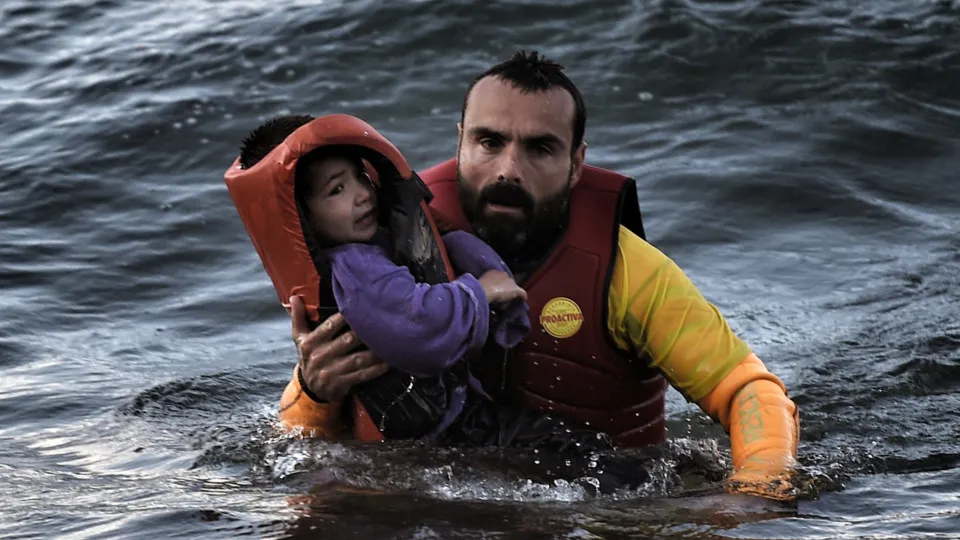Global migration routes reveal the scale and complexity of movement across continents, with millions fleeing poverty, violence, and political unrest. From the Central Mediterranean route used by migrants aiming for Europe
to dangerous crossings in Central America, these routes expose migrants to extreme risks, including trafficking, exploitation, and life-threatening sea journeys. Often, their journeys end in unintended places, as many transit countries become de facto hosts along these migration pathways.
Click on to explore the world's most significant migration routes.



